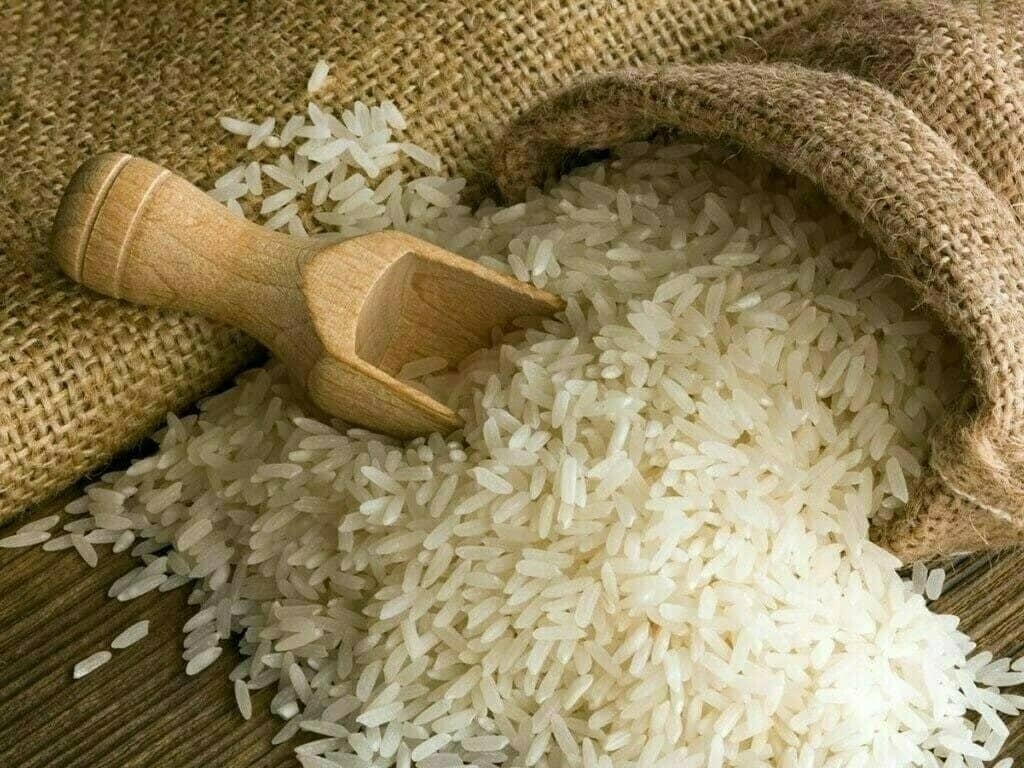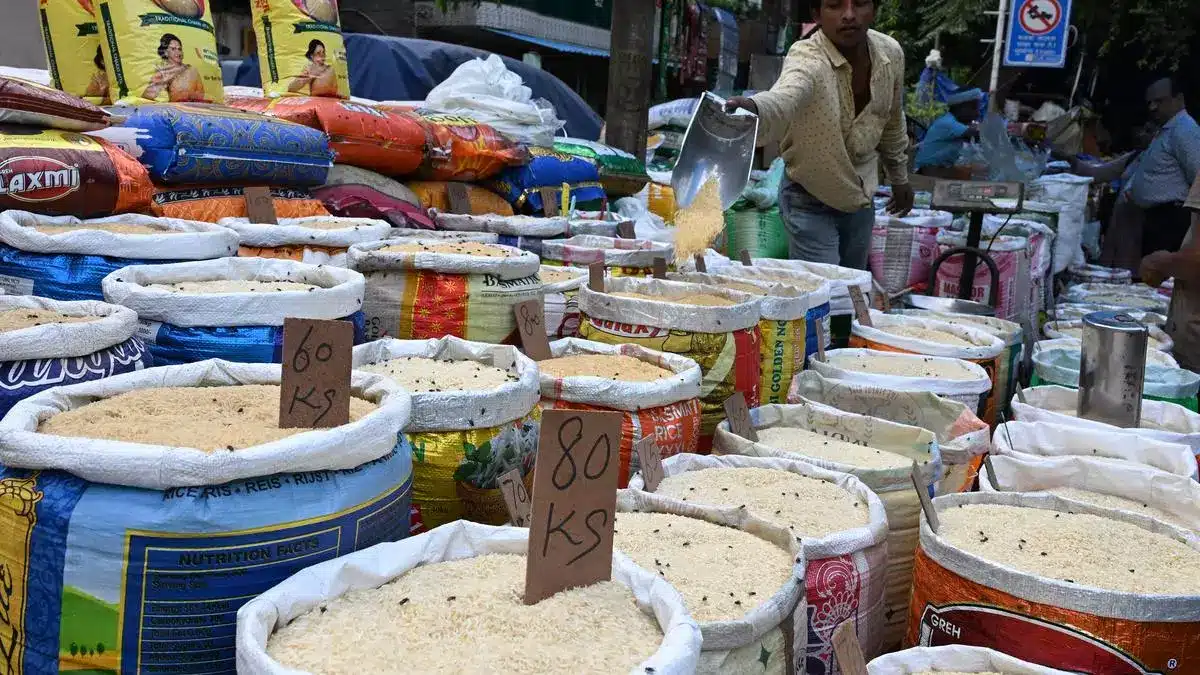Tags
What is the new rice variety that can replace Pusa-44?
The leading cause of excessive pollution in Delhi-NCR is the burning of stubble of a specific crop. The major culprit behind this crop is seen to be the Pusa-44. While the Punjab state government has decided to ban the crop from the next year, are there any alternatives left for farmers? Is there any new rice variety that can replace the high-yielding Pusa-44? Let’s find out.

What is the new rice variety that can replace Pusa-44?
The Supreme Court of India talked about a specific form of paddy grown usually in Punjab while stating its order directing the governments of Haryana, Rajasthan, Uttar Pradesh, and Punjab on November 7. This specific variety of paddy and the time period in which this specific type is grown were considered the major causes behind the burning of stubble. The result of this burning is the significant pollution troubles faced by the National Capital of the country and its nearby areas.
The apex court’s order did not talk about the variety of paddy, it is assumed that the reference was that of the Pusa-44. The Chief Minister of Punjab, Bhagwant Singh Mann had stated that this variety of paddy, the Pusa-44 is going to be banned from the upcoming year.
The Pusa-44
The Pusa-44 is a variety of paddy that comes with a long duration to grow. It is bred by the Indian Agricultural Research Institute situated in New Delhi and it requires up to 155-160 days to grow up when calculated from the time of its sowing to harvesting. What creates an issue for farmers is that this long duration makes them wait for the harvest time and when the harvest of this crop is done, there is very little time left for field preparation in order to sow the next crop. The time for sowing the next wheat crop is typically before mid-November. Therefore, farmers choose the practice of burning the standing stubble to prepare the land.
When the Pusa-44 gives so much trouble, why do farmers still prefer the crop?
Well, the Pua-44 is an exciting option for farmers as it is a high-yielding variety crop. The crop typically grows at 35-36 quintals an acre. Some farmers also get lucky with the crop and get 40 quintals an acre. However, the standing stubble from this type of paddy is usually the one that gets burnt at the very start of the month of November.
An improved version?
Yes. The Indian Agricultural Research Institute has now come up with an improved version of the paddy type that yields in the very same quantity but in less time. The improved version, Pusa-2090 matures in up to 120-125 days, which is much less than the Pusa-44, thereby allowing for more time for the land preparation for the next crop after harvest. The Pusa-2090 is actually a cross of CB-501 and Pusa-44. The CB-501 is a Japonica rice line that matures quite early. These are majorly grown in East Asia.
Indian Agricultural Research Institute scientists headed y Prolay Kumar Bhowmick figured out that the CB-501 was a rice line that, while providing early maturing, also led to a robust culm (rice stem). Additionally, it produced more quantity of grains per panicle. The cross between CB-501 and Pusa-44 led to a crop type having the qualities of both, i.e. high yields and early maturing. In case the Pusa-2090 plan is successful, it can stand up as a strong alternative to the Pusa-44.
https://www.jagranjosh.com/general-knowledge/what-is-the-new-rice-variety-that-can-replace-pusa-44-1699554385-1Published Date: November 10, 2023







